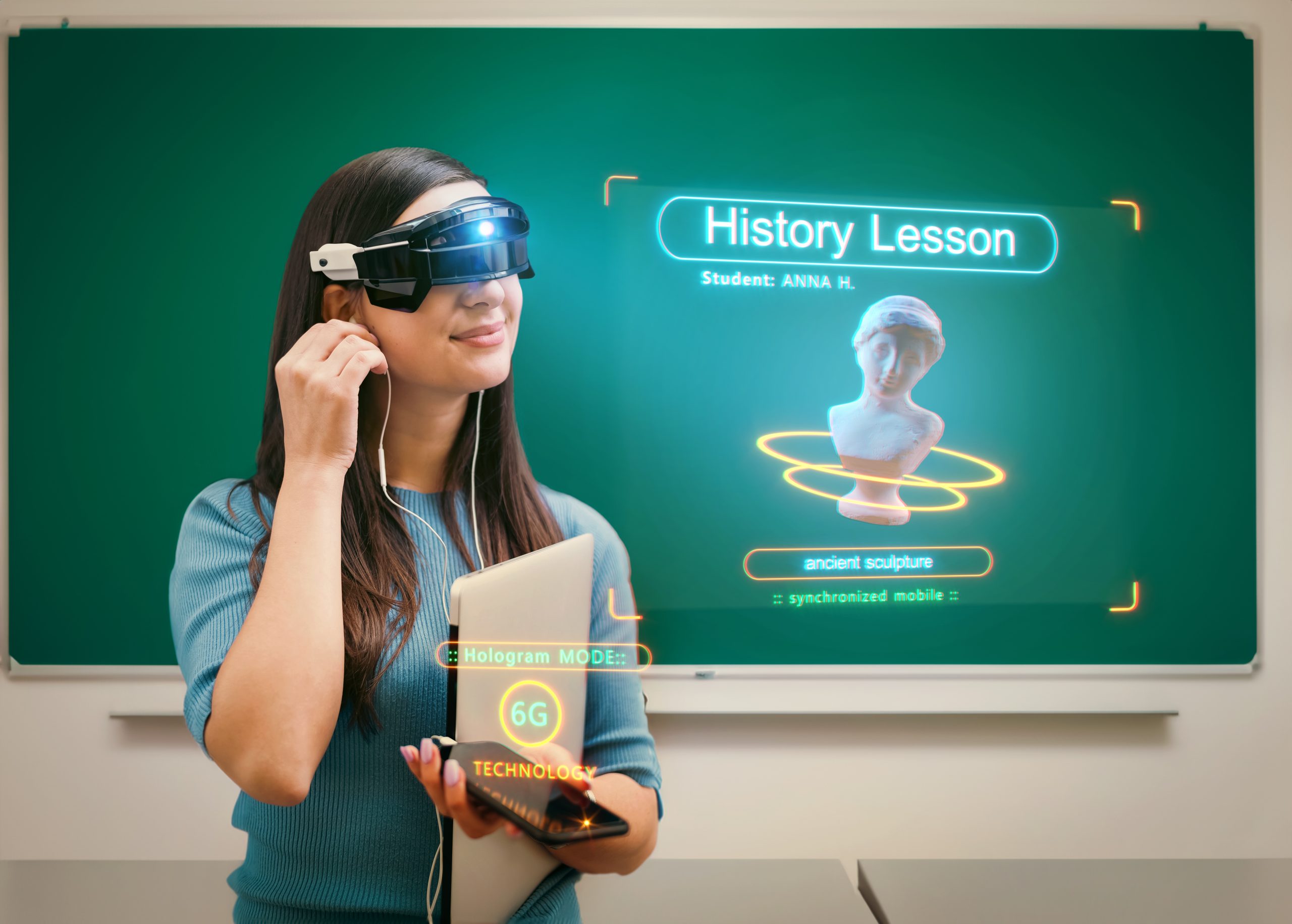From Classroom to Clicks: Embracing the Future of Online Education
From Classroom to Clicks: Embracing the Future of Online Education
In today’s fast-paced digital age, traditional classrooms are transforming into virtual spaces, and textbooks are being replaced by online resources. The rapid advancement of technology has paved the way for a revolution in education, ushering in the era of online learning. As we embrace the future of education, it’s essential to explore the benefits and challenges of this evolving paradigm shift.
1. The Convenience of Learning Anytime, Anywhere
Online education offers unparalleled convenience, allowing learners to access courses and materials from the comfort of their homes. This flexibility is especially beneficial for working professionals and students balancing multiple commitments.
2. A Plethora of Course Options
From academic degrees to specialized certifications, online platforms provide a vast array of courses catering to diverse interests and professions. Learners can choose from subjects ranging from computer science to art history, ensuring there’s something for everyone.
3. Interactive and Engaging Learning Methods
Online education employs interactive tools such as videos, quizzes, and discussion forums, making the learning experience dynamic and engaging. These multimedia resources enhance understanding and retention, fostering a deeper grasp of the subject matter.
3.1 Collaborative Learning Communities
Virtual classrooms create opportunities for collaborative learning, enabling students to interact with peers from different backgrounds. This diversity of perspectives enriches discussions and promotes a holistic understanding of the topics being studied.
4. Personalized Learning Paths
Online education platforms leverage artificial intelligence to analyze individual learning patterns. Through personalized feedback and tailored recommendations, students can focus on areas where they need improvement, leading to a more efficient learning process.
5. Overcoming Challenges: The Digital Divide
While online education offers numerous advantages, it’s crucial to address the digital divide – the gap between those with access to technology and those without. Efforts must be made to bridge this divide, ensuring that education remains accessible to all, regardless of socioeconomic background.
6. The Future Workforce: Upskilling and Reskilling
In the rapidly evolving job market, continuous learning is essential. Online education equips professionals with the skills needed to adapt to new technologies and industries, promoting lifelong learning and employability.
7. Conclusion: Shaping a Brighter Tomorrow
The shift from traditional classrooms to online education signifies a transformative period in the realm of learning. Embracing the future of online education empowers individuals to pursue knowledge, enhance their skills, and contribute meaningfully to society.
Frequently Asked Questions (FAQs)
Q1: Is online education as effective as traditional classroom learning? Online education can be equally effective or even more so, given its interactive and personalized nature. However, its effectiveness depends on the learner’s commitment and engagement.
Q2: How can I ensure the credibility of online courses? Look for accredited institutions or platforms endorsed by reputable organizations. Research course reviews and alumni testimonials to gauge the quality of the education provided.
Q3: Are online degrees recognized by employers? Many employers recognize and value online degrees, especially if they are obtained from reputable institutions. However, it’s essential to verify the recognition of the specific degree in your field.
Q4: Can online education be affordable? Yes, online education often proves more cost-effective than traditional education. Many platforms offer scholarships, financial aid, and flexible payment plans, making education accessible to a broader audience.
Q5: How do online courses accommodate different learning styles? Online courses employ diverse teaching methods, including videos, quizzes, interactive assignments, and live sessions, catering to various learning styles and preferences.






